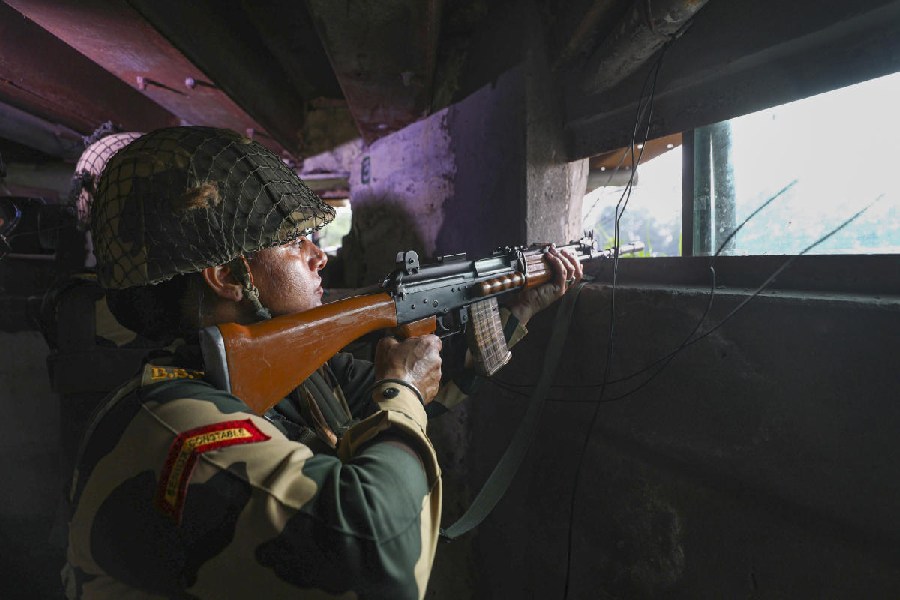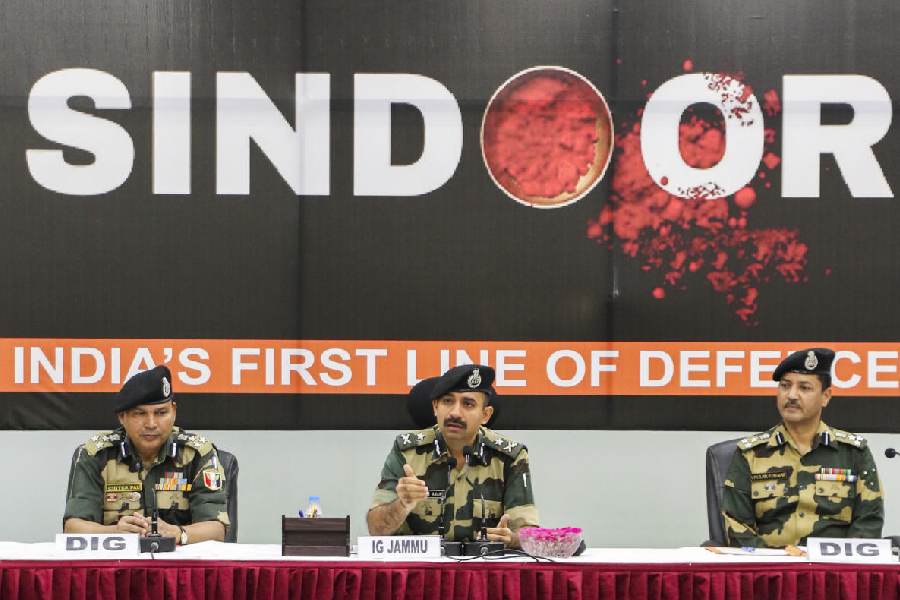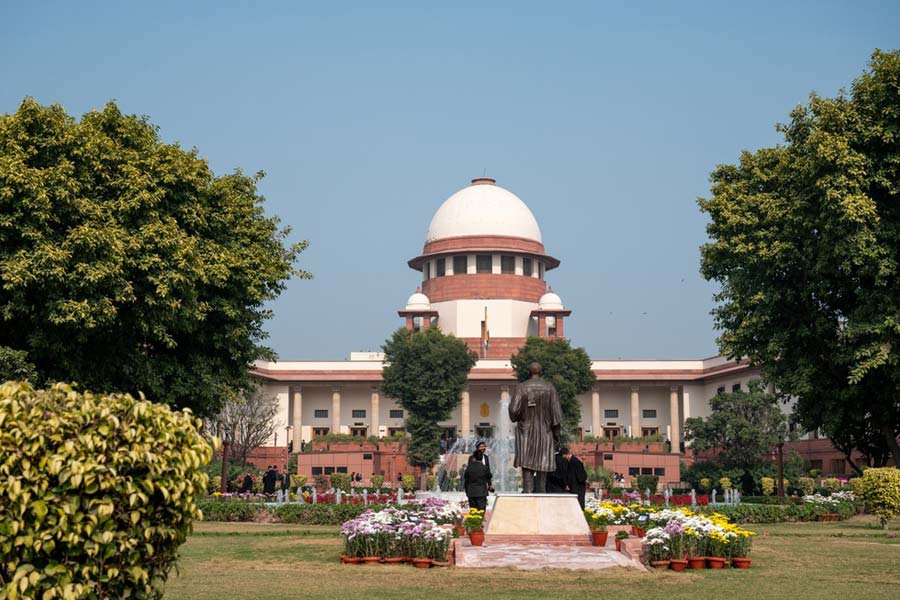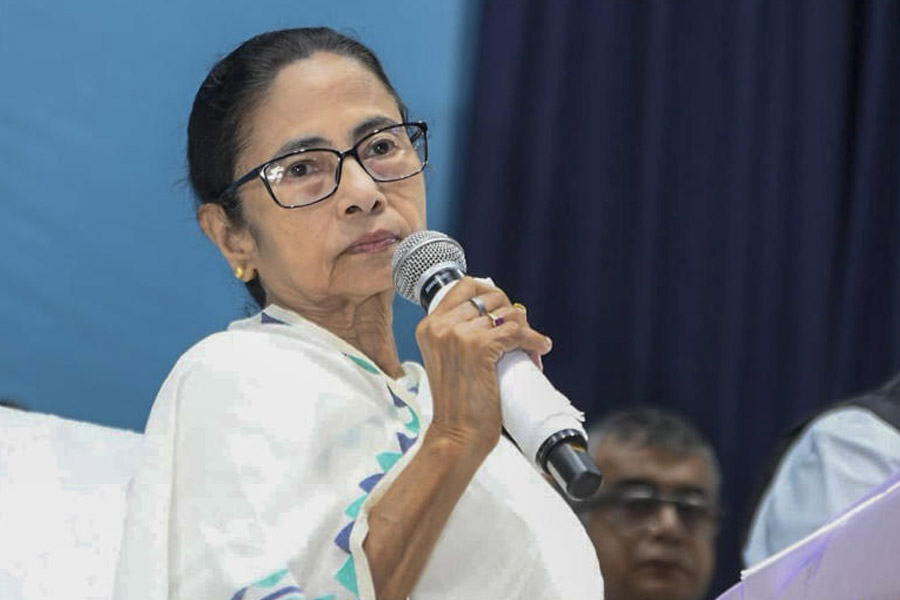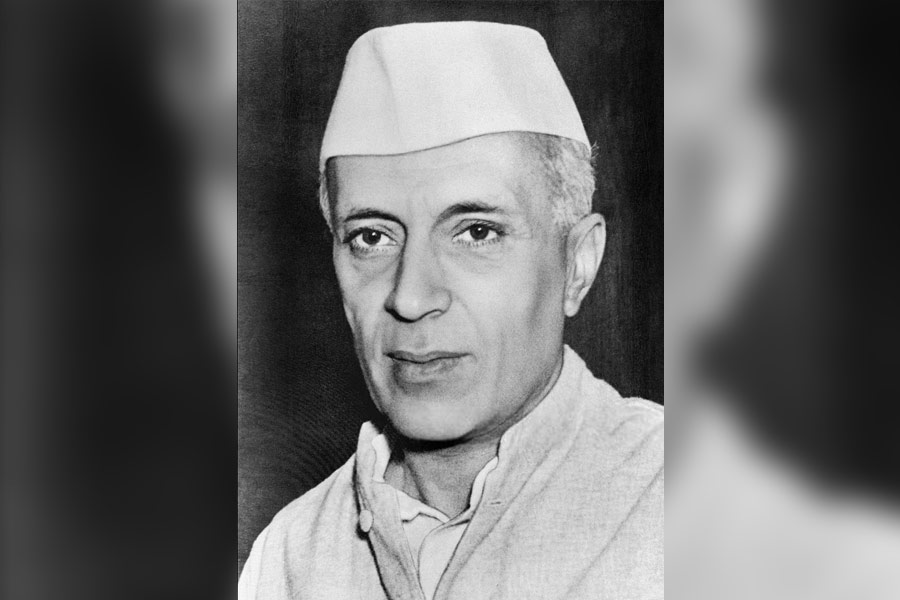 |
| IN DANGER? |
Bharatpur, Dec. 28: The chicks skim the swamps, splashing water around while the older painted storks stay perched on the trees, enjoying the winter sun.
On the other side of the Bharatpur bird sanctuary’s D block, a snake bird dives in and out of the water in search of fish while its female floats contentedly, craning its long neck to groom itself.
As he listens to the excited chatter of the birds after a two-year gap, the park director’s face breaks into a smile.
“Water is back now and with it life in the park,” K.C. Arunprasad says. Then a frown crosses his face. “I don’t know what’s in store next year. Will we have water again?”
The answer lies with the Supreme Court, which is hearing a battle between the Rajasthan government and park authorities over whether the Panchana dam on the river Ghambir should spare some water for the sanctuary.
The Keoladeo Ghana National Park, also known as Bharatpur bird sanctuary and not so long ago as “ornithologists’ paradise”, has been dry since 2003. The Ghambir is its lone source of water but the Vasundhara Raje government had stopped supply after local farmers refused to share the water with the park.
With the water, the birds had vanished, too. An interim court order asking that supply be restored has brought back, after two years, the spot-billed ducks, grey herons, night herons and Chinese coots.
But no Siberian cranes are in sight, no flamingos (at least 70 used to stop every winter), not even pelicans ? the biggest tourist draws. The ecology has been steadily worsening over the last two years and the migratory birds had changed their routes.
Park authorities are trying to take heart from the arrival of painted storks (from Sri Lanka and southern India) and the sablar ducks from Mongolia.
“We are immensely happy to see the storks nesting in the park. There are over 12,000 of them this year. There was no breeding last year as water had dried up,” Arunprasad said.
An environmentalist, Harshawardhan, had petitioned the Supreme Court in March this year saying the park, located on a semi-arid stretch of the Gangetic plain, desperately needed water.
A centrally empowered committee (CEC), appointed to look into the matter, has handed in a 20-page report recommending supply from the Panchana dam. The Rajasthan government is yet to submit its report.
The CEC report describes the park as “a ghost of what it was two years ago” and argues that it would “die” if denied water from the Ghambir.
The interim order has, for now, injected new life into the sanctuary and tourists, mostly foreigners, are trickling back. The tour operators and hotel owners are smiling again and the rickshaw-pullers are back rehearsing their knowledge of the birds so that they can act as guides for the tourists.
“But till how long?” wonders the park director.


